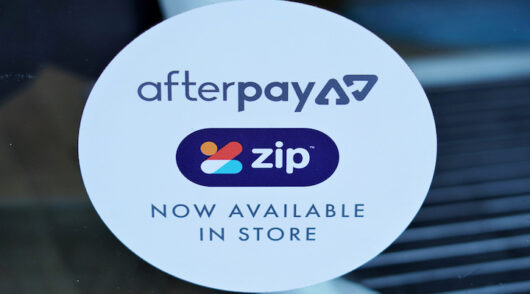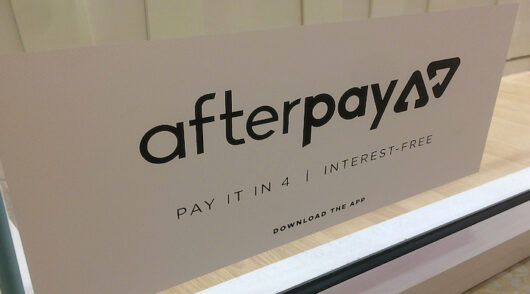Less than five years ago, many consumers wouldn’t have heard of buy now pay later (BNPL). In fact, if you had told most people that it was a way of buying items without immediate funds and the staggering credit card debt, many may not have believed that such a thing existed.
But in this current climate, 16 million Australians aged 14 and over (75.5 per cent) are now aware of BNPL services, overtaking traditional online payment platforms like Paypal, Visa and Western Union, according to Roy Morgan’s Digital Payments Report last year.
“Not only has awareness of BNPL services grown quickly but already over 3.3 million Australians (15.7 per cent) used a BNPL service in the year to June 2021, up from only 6.8 per cent in September 2018,” said Roy Morgan CEO Michele Levine in a statement.
We take a look at some of the fascinating consumer shifts around BNPL that have happened in the retail landscape lately.
Gen Z is treating BNPL like a cash management tool
Consumer attitudes towards money management are changing, now that younger consumers’ attitudes towards credit have shifted. Rather than being stuck with credit card interest, they are looking towards BNPL to help them manage their money.
“It is a very interesting time. It was the millennials that really were first drawn to BNPL and the cohort that remain anti-credit cards. They have seen previous generations suffer from debt issues and they’re savvier when it comes to their finances. They’re seeking an alternative way to pay and manage their cash flow better,” explained CEO at Openpay Australia & New Zealand, Dion Appel. He adds that during the past 12 months, more than 1 million credit cards have been cancelled.

“They’re not actually really treating BNPL like a debt instrument, they’re treating it like a cash flow management tool. They’re taking the deferred payments, and they’re lining those payments up with the way that they earn their income..ultimately, as they earn their income, they’re using that time to pay for purchases.”
Laybys are a thing of the past
Openpay was first launched by retailers for retailers, the Meydan Group which owns major fashion brands like Taking Shape. As experts in the industry, they were on a mission to solve one of retail’s greatest challenges at the time – managing laybys.

“It was so inefficient. Layby meant customers were paying things off over time, then finally receiving the product sometime later,” said Appel. “Meanwhile the retailers had to manage all the back office including repayments and inventory storage and management. BNPL has meant that retailers have since reversed all those efficiencies – they can now give the customer the product straight away, then receive the payments back in a more automated way over time.”
Trust and the consumer
Recently, there has been a lot of discussion in the media around BNPL being unregulated and whether consumers can trust BNPL players, but the reality is that there is a BNPL code of practice.
“We are actually founding members of that code, along with some of our peers. It is governed by AFIA and they govern telcos, banks and other financial institutions,” said Appel.
According to the AFIA website, the BNPL providers accredited to the Code represent around 95 per cent of the BNPL market, including Openpay. The code came into effect in March last year.
“From the get go, strengthening consumer protections across the sector was a focus for AFIA and its BNPL members. The code is explicitly consumer-focused and has nine commitments that signatories make directly to the people that use their products and services,” AFIA CEO Diane Tate said in a statement.
What’s in it for retailers?
When BNPL customers choose three- or four-month plans, they’ll often think to themselves: “Well, I’ve got another pay cycle coming, I can opt for the best quality product and can afford to make the larger purchase ” Meanwhile, from the retailer’s point of view, there is often an increase in the average transaction value, said Appel. In terms of three-month plans, these are uplifts of up to 95 per cent and for four-month plans, they can be north of 130 per cent.
“It’s a really good benefit to the merchants because when they’re giving their customers more flexibility, they are actually growing the customer’s basket size,” he said.
“In some of our other verticals, it’s really about capturing what would become a lost opportunity. If somebody needs four tyres, the obvious thing people do when they think about the costs is to rotate two of the old ones and just get two new ones. But if they split that cost over a six-month plan, it becomes a lot more affordable.”






